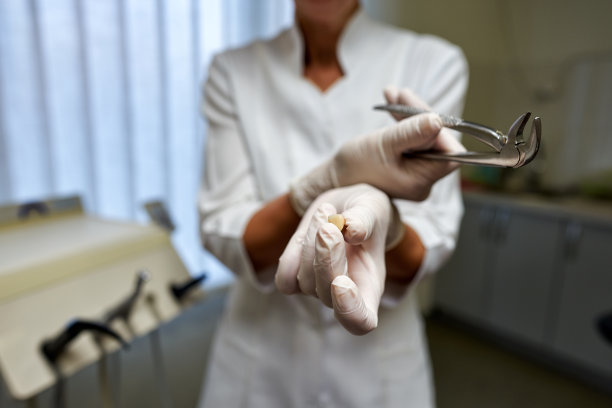A Comprehensive Guide on When and How to Extract a Tooth Safely and Effectively for Optimal Dental Health
Summary: This article provides a comprehensive guide on safely and effectively extracting a tooth to ensure optimal dental health. It covers the critical circumstances when extraction is necessary, the procedural steps involved, post-extraction care, and the importance of professional intervention. Each section is designed to educate readers on the best practices and considerations to ensure a safe dental experience. By understanding when and how to approach tooth extraction, individuals can make informed decisions regarding their oral health, thereby minimizing discomfort and promoting healing.
1. When Is Tooth Extraction Necessary?

Tooth extraction becomes a necessary procedure under certain conditions that compromise dental health. Common scenarios include severe tooth decay, where the tooth has been structurally damaged beyond repair. Patients often seek extraction when the pain is persistent, signaling a need for intervention to prevent further complications.
Another critical circumstance is periodontal disease, which can lead to the loosening of teeth. If the supporting structures of the tooth are compromised, extraction may be recommended to prevent the spread of infection to neighboring teeth.
Additionally, overcrowding in the mouth may require the removal of one or more teeth. Orthodontic treatments often necessitate extractions to create sufficient space for teeth alignment, facilitating better oral function and aesthetics.
2. Steps for Safe Tooth Extraction
When a tooth extraction is deemed necessary, the procedure must be conducted safely to minimize risks. The first step involves a thorough examination by a dentist, who may utilize X-rays to assess the tooths position and the surrounding bone structure. This examination allows for precise planning of the extraction process.
Once a plan is established, the dentist will administer local anesthesia to numb the area around the tooth, ensuring the patients comfort during the procedure. In some cases, sedation options may also be available for those with dental anxiety.
The actual extraction begins with the dentist loosening the tooth using instruments designed for this purpose. Once the tooth is sufficiently loosened, it is carefully removed from its socket. This is often followed by an assessment of the extraction site to ensure that no fragments are left behind, which could lead to infection.
3. Post-Extraction Care for Optimal Healing
Post-extraction care is crucial for a smooth recovery. After the procedure, patients are typically instructed to bite down on a gauze pad for about 30-45 minutes to control bleeding. It’s essential to avoid vigorous rinsing or spitting during the first 24 hours to allow for the formation of a blood clot, which is vital for healing.
Patients should also be aware of the importance of pain management post-extraction. Over-the-counter pain relievers may be recommended, and applying ice packs to the outside of the face can help minimize swelling.
A soft-food diet is often advised for the first few days following the extraction. Foods such as yogurt, applesauce, and mashed potatoes are gentle on the gums and provide necessary nutrition without causing discomfort.
4. The Importance of Professional Dental Care
While information on tooth extraction is widely available, the most crucial step is consulting a dental professional. Dentists are trained to assess the specific conditions that warrant extraction and execute the procedure safely.
Professional dental care ensures that the extraction site is monitored for potential complications such as infection or dry socket, a painful condition that can occur after tooth removal. Regular follow-up appointments can catch any issues early, providing peace of mind to the patient.
Moreover, relying on a dentist for tooth extraction is part of a broader approach to dental health. Regular check-ups and cleanings can prevent situations that may lead to extraction, helping individuals maintain a healthy and vibrant smile throughout their lives.
Summary:
This article emphasizes the importance of understanding when and how to extract a tooth safely for optimal dental health. It outlines the scenarios that necessitate extraction, the procedural steps involved, and the significance of post-care and professional intervention. By adhering to these guidelines, individuals can ensure better dental health outcomes.
This article is compiled by Vickong Dental and the content is for reference only.


